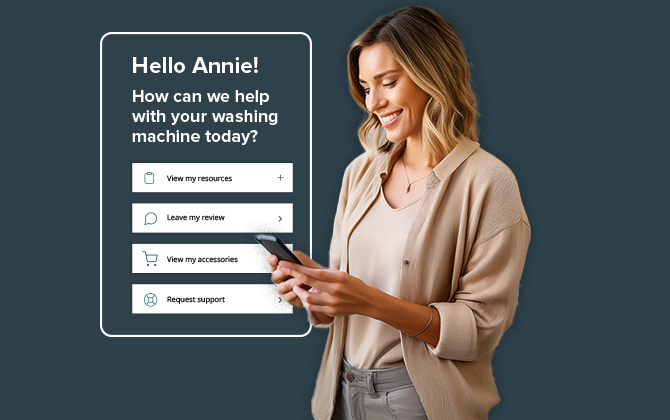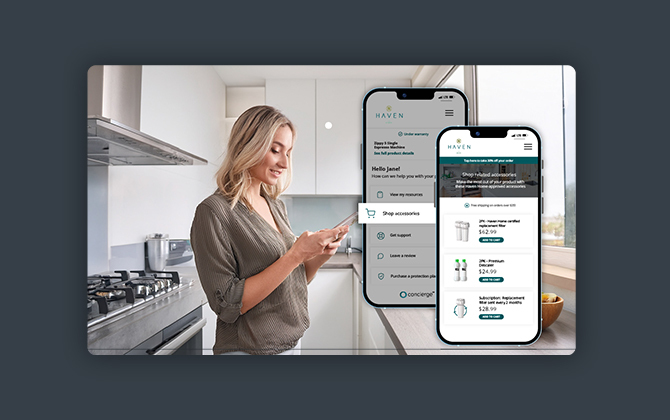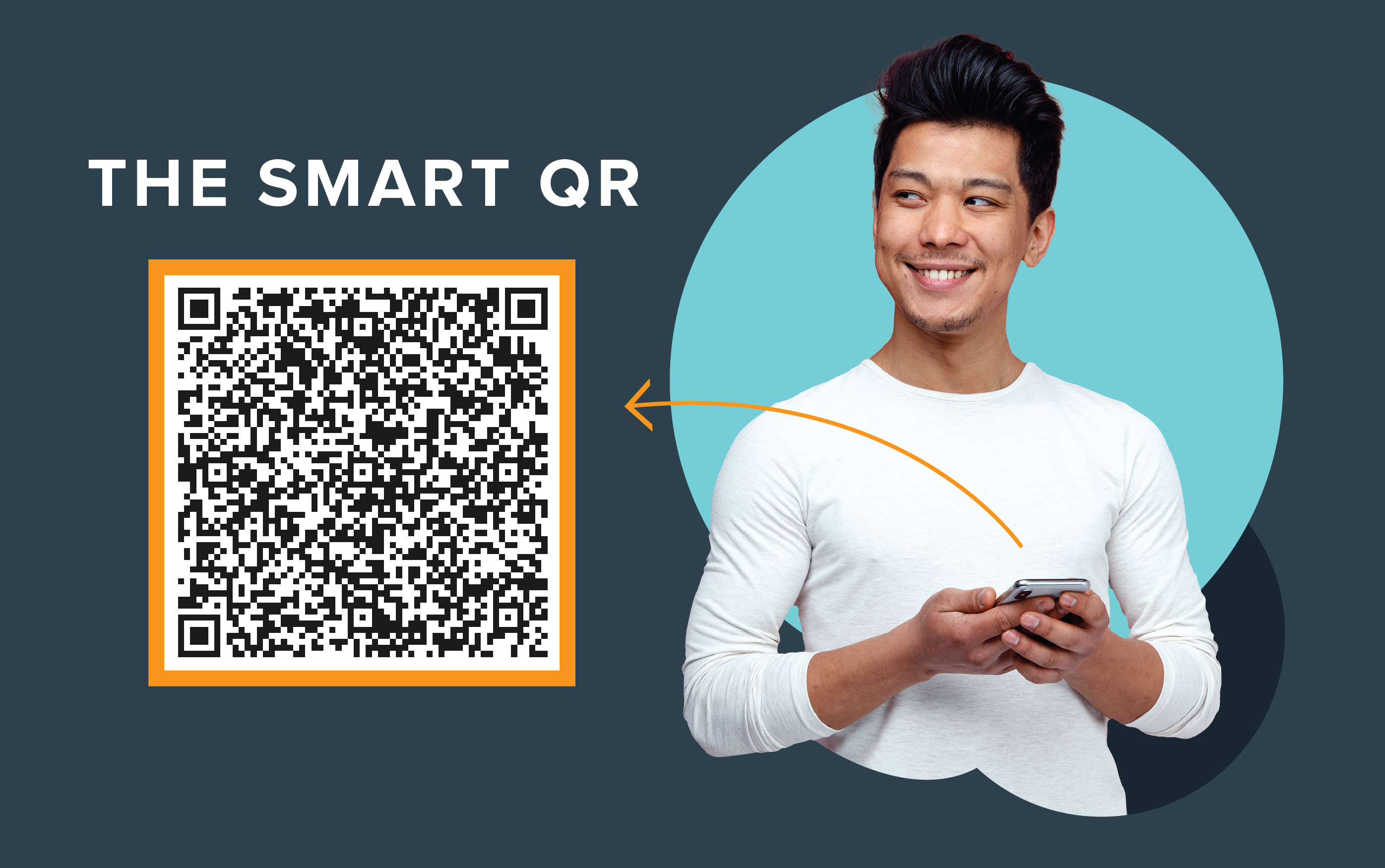Identifying Customers & Their Products: Groundwork for High Engagement
One of the biggest challenges for product brands today is simple: knowing who their customers are. This is especially true for brands that sell...
OUR SOLUTIONS
OUR TECHNOLOGY
2 min read
Registria : Oct 29, 2025 12:00:00 PM

Once a customer owns a product, their relationship with the brand evolves. When they have a question or run into a problem, they expect quick and helpful support. For durable product brands, like those that sell tools, appliances, or outdoor equipment, this support can be costly for brands to develop and maintain but is a critical part of the ownership experience.
Unfortunately, many owners still face unnecessary hurdles when trying to get help — It’s hard to find manuals, warranty details, claims options or how-to guides. Customers are passed between various digital resources and support reps, needing to repeat their needs at various touch points. Even simple tasks don’t have self-service options. Poor product support is a pretty universal experience for many people, but that doesn’t make it any less frustrating.
These problems can lead to frustration and lost trust. In fact, 52% of customers say they’d switch to a competitor after just one bad experience. That’s why proactive product support is so important, it helps customers before problems escalate and makes it easier for them to get what they need.
Customers may not always know what support they need or when they need it, but they shouldn’t be expected to – the brands that provide them with their products are the experts, and the ones customers inevitably rely on for information. When product owners are given guidance through product support, they accept it. In fact, over 70% of appliance owners will immediately engage with digital resources after registering, while 60% will return to those resources to find more information and resolve needs on their own.
Instead of waiting for customers to reach out or providing generic resources that customers must sort through to find what they need, proactive support anticipates their needs:

Ownership experience management capabilities are essential for making this possible. With centralized data, brands can connect customer profiles to specific products and deliver the right help at the right time. When done well, the benefits are clear:
When owners can easily access support that’s tailored to their product and situation, they feel more confident and cared for, building trust that lasts.
This blog is part of our Customer Engagement blog series and one of the four fundamental framework pillars of building a strong ownership experience. The first two key pillars are identifying customers and their products and personalizing the customer experience. Subscribe to our newsletter for the rest of our Customer Engagement blog series and future insights from our customer engagement experts.

One of the biggest challenges for product brands today is simple: knowing who their customers are. This is especially true for brands that sell...

Post-purchase commerce is one of the easiest ways to unlock new revenue without seeking new customers. In fact, it can be the beginning of a new kind...

QR code scans reached 26.95 million in 2023—a 433% increase over the past two years. In what feels like an instant, QR code interactions have...